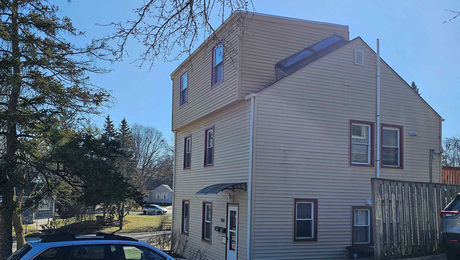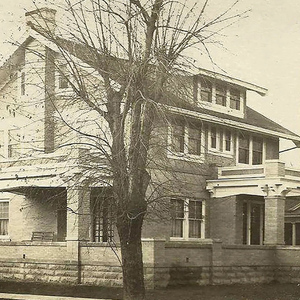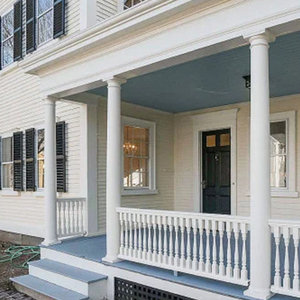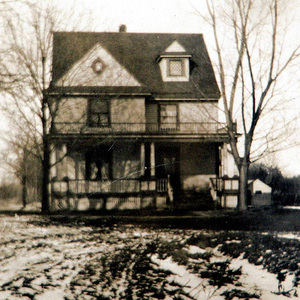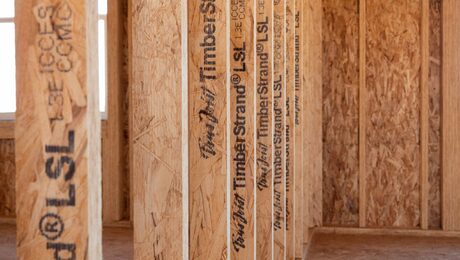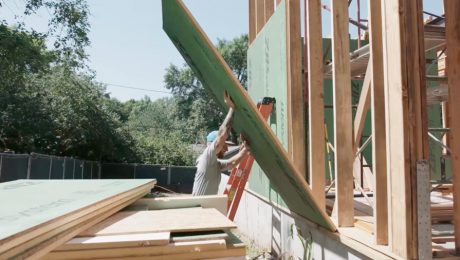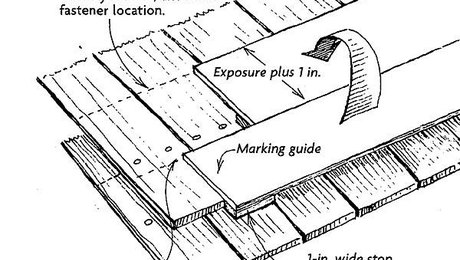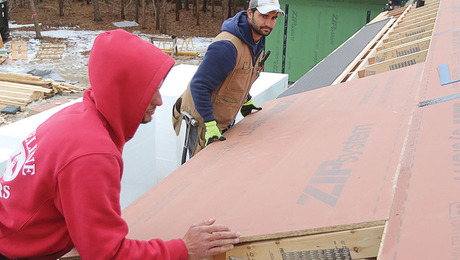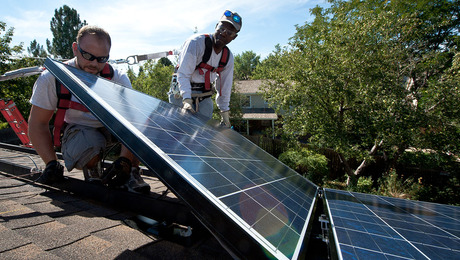Shingle Thatch
Steam-bent shingles, curved framing and wave coursing create a roof with character.
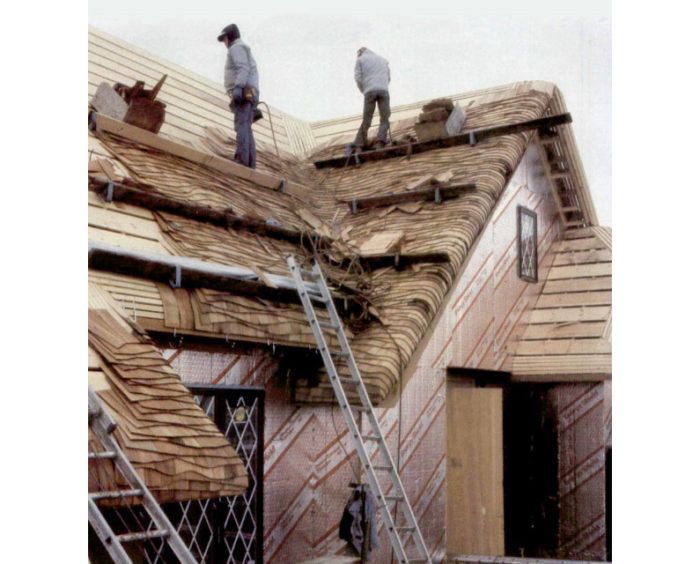
Synopsis: Shingle thatch is the technique of using cedar shingles to recreate the texture and look of a reed-thatched roof, made all the more realistic by steam-bent shingles along roof edges, curved framing members, and undulating shingle courses. This article is a description of such a project.
In the early 1900s, a new shingling style came into fashion. Known variously as shingle thatch, cottage thatch and thatch-effect, this embellishment was meant to recreate, with shingles, the curved lines and varied textures of reed-thatched roofs. By bending shingles around eaves and gables and by curving course lines and changing exposures, craftsmen simulated the look of real thatch. Many of these old roofs have eyebrow dormers, with the shingle courses undulating gracefully over the curved framing. We’ve even seen curved ventilation windows in old attic and garage roofs that were shingle-thatched.
In the 1920s, shingle thatch became so popular that the Creo-Dipt Co. of North Tonawanda, N. Y., began selling shingles that were prebent and precut for thatch-effect roofs. Architects and builders who were interested in shingle thatch were encouraged to send their floor plans and elevations to Creo-Dipt so that the company’s engineers and designers could draw up appropriate roof-framing plans for shingle thatch. Creo-Dipt didn’t charge for this service. They also prestained their shingles, using creosote as a preservative, in five different shades that were matched to various hues of weathered thatch.
Creo-Dipt had smaller competitors in various parts of the country, so shingle-thatch roofs turn up in a lot of different places. One of the most beautiful examples we know of is a large house built in 1921 in our home town of Sioux Falls, South Dakota. As one of the largest roofing companies in the area, we had been called on to bend cedar shingles on occasion. But when it came time to replace the shingle thatch on this old beauty, we really had to rediscover this nearly forgotten craft.
Since then, we’ve traveled as far as Long Island, N. Y., for replacement and repair jobs. Fortunately, now that some of these original shingle-thatch roofs are beginning to wear out, there seems to be a resurgence of interest in this style. In examining old roofs, we’ve learned a great deal about the structural and the aesthetic sides of shingle thatch. Recently, we have started to design and build new houses with shingle-thatch roofs.
Design requirements
The wave coursing, curved valleys and rounded-over eaves and rakes (gable-end rafters) are only half the story. Hidden beneath the shingles is a system of curved framing members, 1x lumber and lath strips that are bent to form the curved nailing surface for the shingles. We’ll get to these details shortly.
Most old shingle-thatch roofs were pitched to 12-in-12 or steeper to show off the wave coursing. Any shallower, and the workmanship is hard to see. Also, if you use a steeper pitch, the more difficult bends in the shingles at the eaves will be less severe.
Exposure is constantly changing when you wave-course shingles, but ours averages out to between 2 1/2 in. and 3 in. This means using a lot more shingles than we would for a straight-coursed roof with, say, 5-in. exposure. It also means that the finished roof will be heavier, so the rafters have to be beefed up accordingly. The weight of these shingles per square is usually about 325 lb., as opposed to 200 lb. for a conventional shingle roof with 5-in. exposure. Generally, we use 16-in. perfection-grade western red cedar shingles.
For more photos and details, click the View PDF button below:
Fine Homebuilding Recommended Products
Fine Homebuilding receives a commission for items purchased through links on this site, including Amazon Associates and other affiliate advertising programs.

Peel & Stick Underlayment
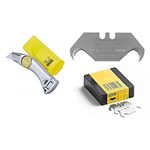
Hook Blade Roofing Knife

Shingle Ripper
